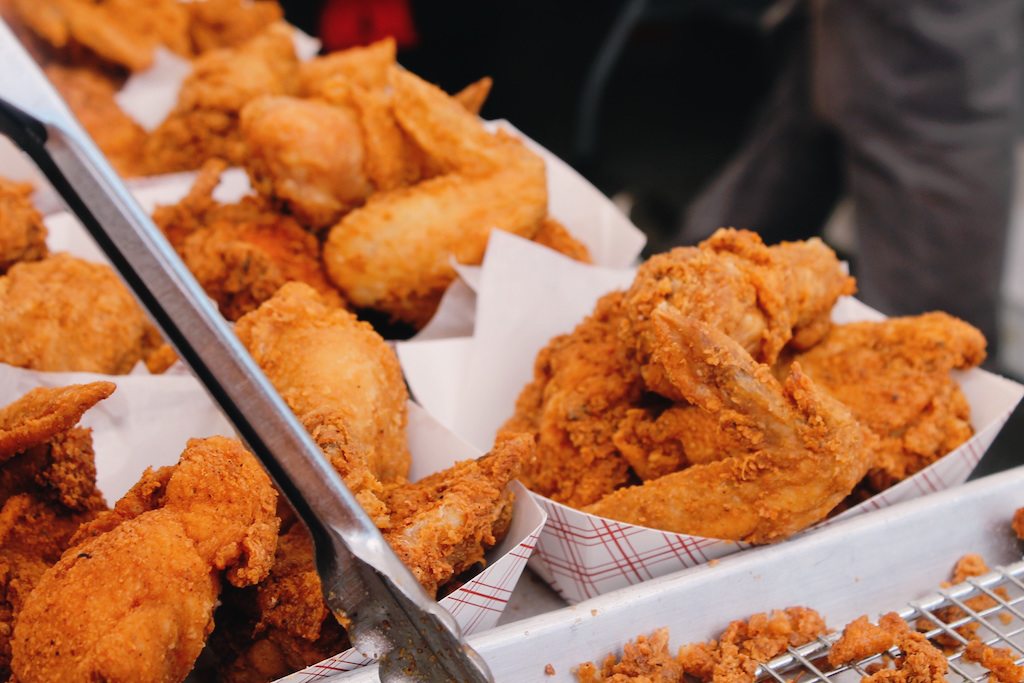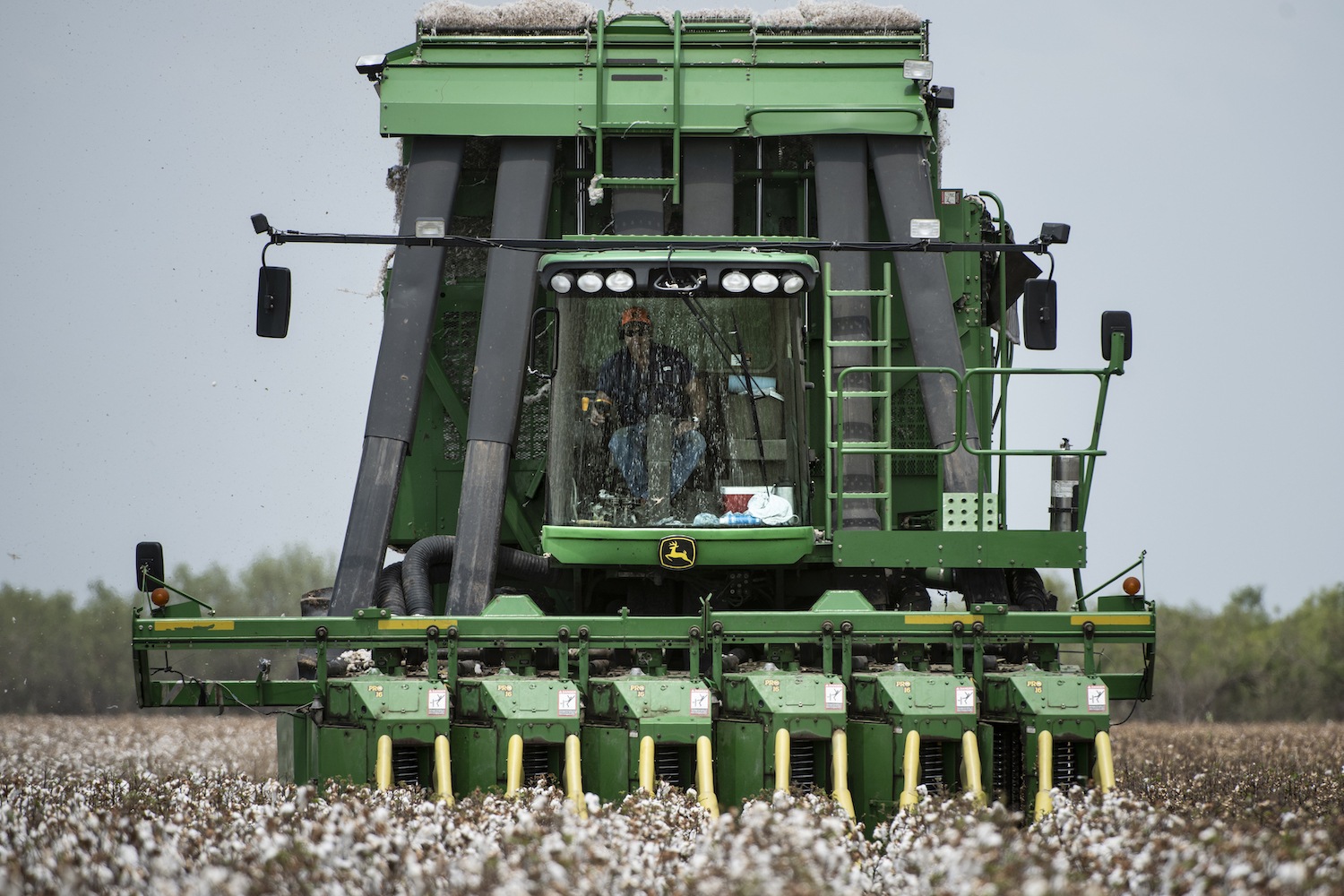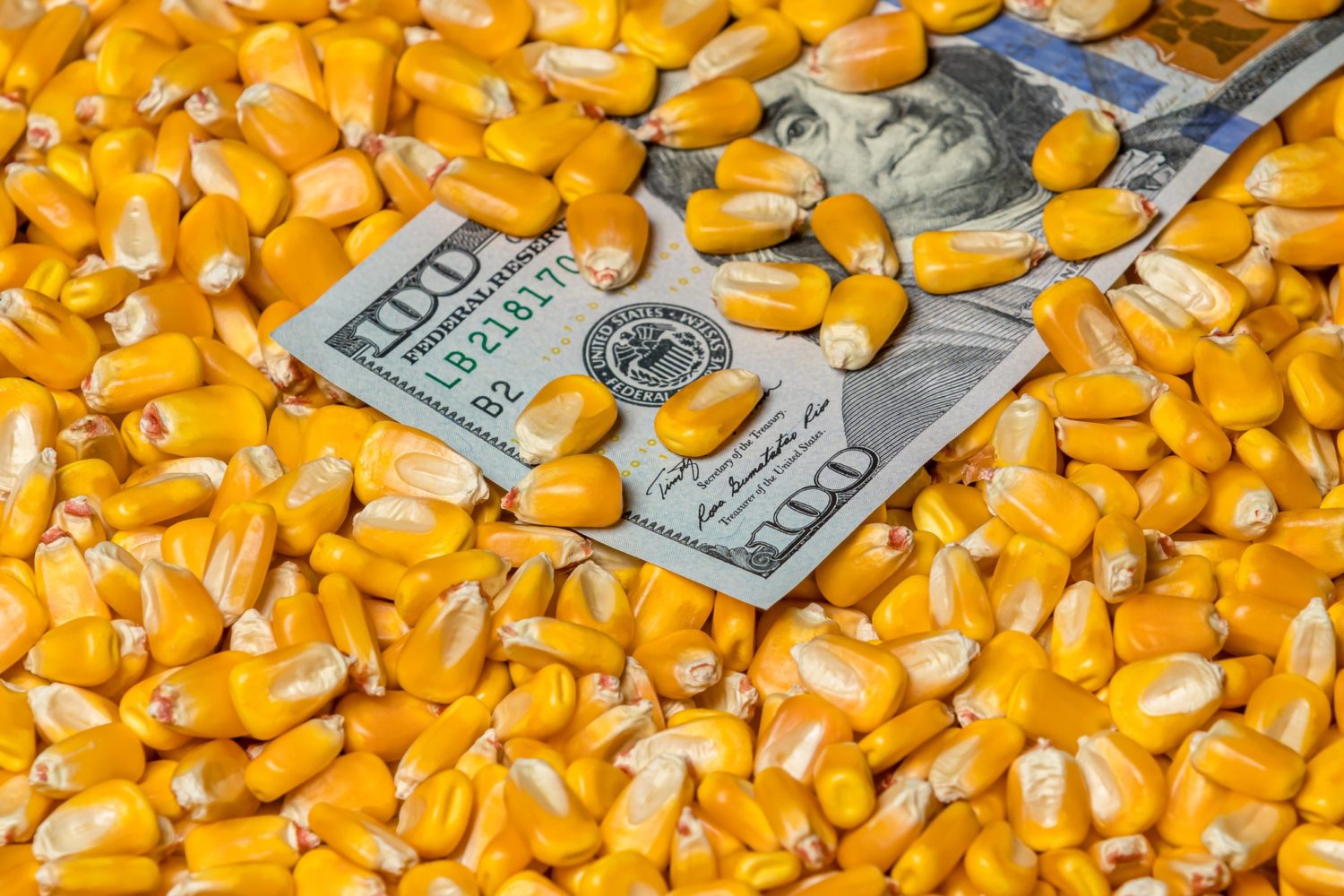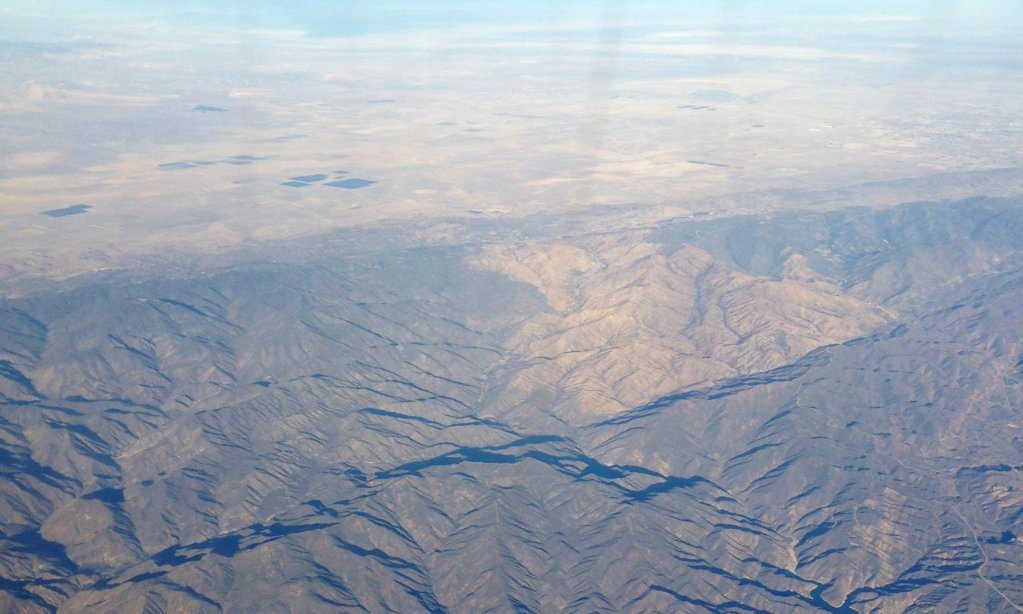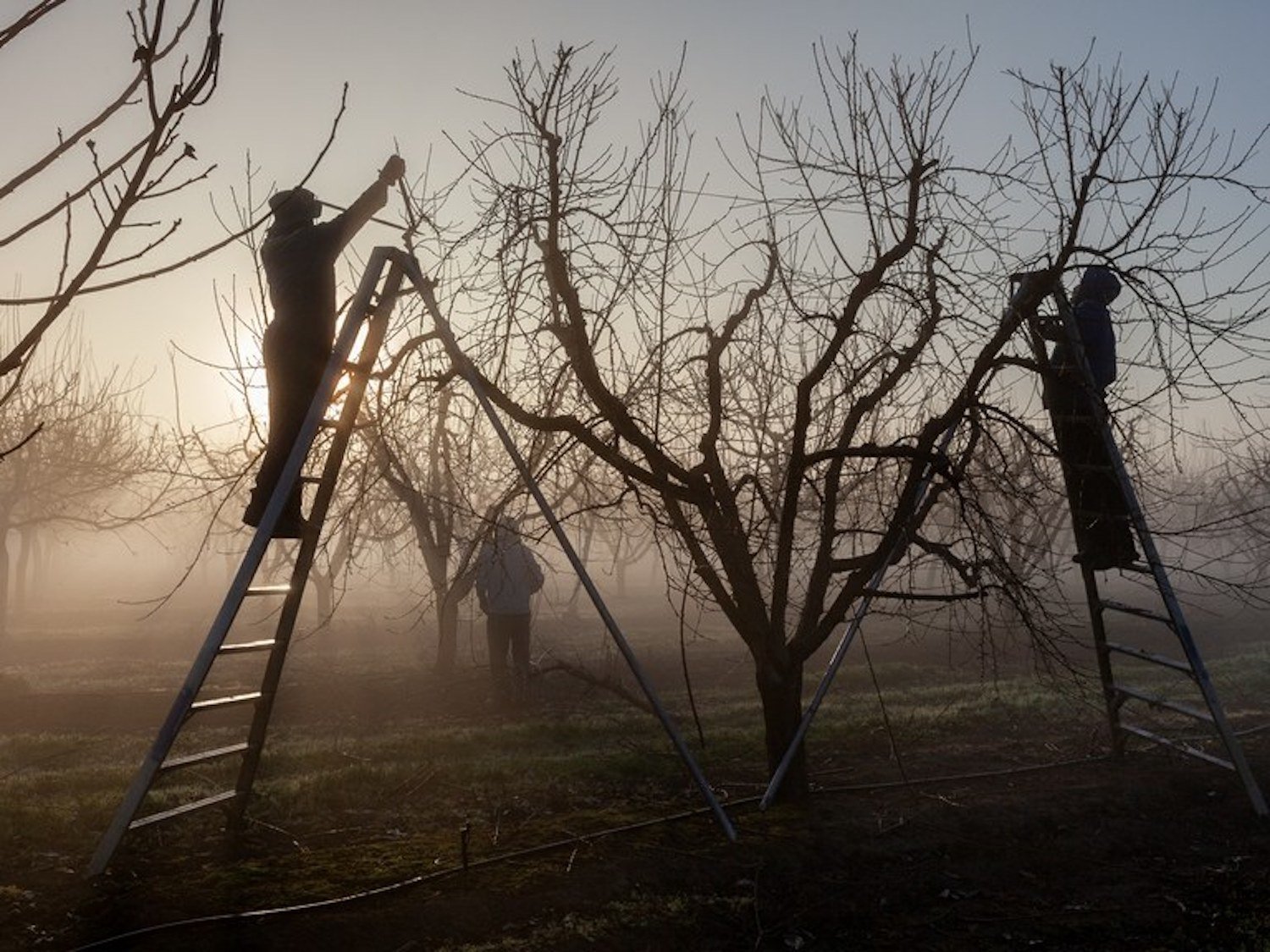
McNair Evans / High Country News
As America’s food basket dries out, Punjabi American growers fear the loss of their hard-earned farmlands.
On a bright February morning, Kulwant Singh Johl, a third-generation Punjabi American farmer, checked the rain gauge in front of his neat stucco home in Northern California’s Yuba-Sutter area. Gusts and drizzles had battered his peach orchard nonstop for a week, but it still wasn’t enough to quench the recent drought. “Five inches,” he told me by phone. “Way, way below average.”
This story was originally published at High Country News (hcn.org) on Feb. 22, 2021.
Pictured above: Punjabi American farmers prune peach trees in the early morning light on Karm Bain’s farm in Yuba City, California.
Over the past century, Johl’s farm has expanded from just 10 acres to more than 1,000. It’s one of the many Punjabi American operations that together produce over 90 perecent of the peaches, two-thirds of the prunes and 20 percent of the almonds and walnuts grown in the area. Even Johl, who is better cushioned for tough times than many other farmers, has had to scale down production and tighten his budget. But he fears that thousands of his fellow farmers of Punjabi origin in the Central Valley—especially those who came later and own less land—will fare much worse.
And indeed, the intensifying drought could devastate livelihoods of many multigeneration Punjabi American farmers in California. This year, many may have to sell their hard-earned farm plots and leave an industry that they hold in high esteem.
Today, a quarter of California’s over 200,000 Punjabi Americans work agriculture-related jobs.
In 1906, Kulwant’s grandfather, Nand Singh Johl, left his farming household in Punjab, a flat, watercourse-laced inland region at the foot of the Himalayas on the Indian subcontinent. He landed in Cascadia, in the Vancouver area, and worked in lumber mills around the U.S.-Canada border. There he encountered discrimination and racist mobs, and by 1908, he’d moved south, to California’s Yuba-Sutter area. When he first got a whiff of the pristine loam, he realized he’d discovered a farming nirvana—one that resembled his original home, 7,500 miles west.
Nand Singh Johl helped introduce rice farming to the state and worked hard to obtain his own farmland. But California’s Alien Land Law, enacted in 1913, prevented Asian people from owning and leasing land. So, like hundreds of Punjabis at the time, Nand asked a white friend to rent the property for him, under the friend’s name. He bought the 10-acre orchards in the fall of 1946, shortly after the racist restriction was repealed—24 years before his grandson Kulwant migrated from Punjab to join his family here and keep their farm going.
Pioneering families such as the Johls anchored an inflow of hundreds of thousands of Punjabi immigrants to California. Over a century, the tide of immigration has introduced the Central Valley to the 15th century Sikh religion. Dozens of Sikh temples, known as gurdwaras, overlook farmers earning a living on farms filled with nut trees and garlanded by grapevines. In 2012, however, California farmers were hit by the most severe drought in the state’s history, when much or all of the state faced severe drought conditions for four long years.
“This is a lifestyle. This is what we want to do for the rest of our lives.”
Today, a quarter of California’s over 200,000 Punjabi Americans work agriculture-related jobs. About 3,000 people with Punjabi origins own farms on about 10 percent of the state’s 9.6 million acres of cropland, according to Sam Vang, a soil conservationist at the United States Department of Agriculture, who has spent 23 years working closely with California’s Asian American farmers. Most of them live and work at farms along Highway 99, which connects Yuba-Sutter in the north to Bakersfield in the south.
Three hours down the highway from Johl’s peach orchard, in Fresno County, Simranjit Singh Sran tends 100 acres of nuts and grapes under the watchful gaze of his two shepherd dogs—one German, the other Anatolian. Sran’s farm in Fresno County—once dubbed the “farming capital of the world” by the mayor of Fresno—is one of about 1,000 Punjabi American-owned farms that produce over half of the county’s raisins and almonds. For 15 years, Sran, a 28-year-old Punjabi American, has farmed alongside his father, who worked with his father, who arrived in Fresno in 1991, spent 16-hour days in the field and eventually saved the down payment for the family’s first 20 acres of grapes. From February to October, on busy days, Sran sometimes wakes up at 2 a.m. and dons his short sleeve work shirt. He submerges himself in the vines and orchards until sunset, watering the plants, harvesting crops with a Massey Ferguson tractor. Sran’s family farmed for many generations in Punjab, and in California, they managed to get through the previous drought. “This is a lifestyle,” he told me. “This is what we want to do for the rest of our lives.”
No one in Sran’s family entertained the thought of selling even a small piece of land until late 2020, when they barely broke even for four years in a row. If they had to sell the land they’d cultivated for almost two decades, Sran said, speaking half-heartedly, he would try to become a real estate agent or a mathematics professor. But his “dream job,” he told me, had always been inheriting the family business. The wholesale selling price of almonds plunged from $4 a pound in 2014 to $1.75 in 2020, however. This winter’s meager precipitation, leaving the Sierra Nevada snowpack at half of the historical average last spring, could plunge prices even lower. Sran’s farm received less than 40 percent of its average water allotment from the aqueducts and canals that divert snowmelt for irrigation. He had to pump groundwater to compensate for the deficit and sustain the growth. “Whenever we pump, we definitely see a hole in our pockets,” Sran told me. “Two more years like this, and that’s it.”
No one in Sran’s family entertained the thought of selling even a small piece of land until late 2020, when they barely broke even for four years in a row.
The recent storms replenished the Sierra Nevada snowpack and the major reservoirs to above 60 percent of their historic average. But as California and the Southwest get warmer, the regional climate will become more arid overall. Studies project that even though California could see more precipitation by the end of the century, the associated rise in extreme temperatures and the more extended, greater precipitation fluctuations are likely to increase the need for water on irrigated farmland. More intense, longer and deeper droughts will become the norm. This year, close to 60 percent of California and over 95 percent of the Southwest, according to the USDA, is in severe drought. Many farmers are fallowing land and reducing planting, just as they did in 2012. And smaller growers—people who farm less than 300 acres—will be hit the hardest in the coming months. New wells dipping deeper into the earth are expensive. “They don’t have at least $40,000 to drill a new (well). What can you do? You are forced to sell your property. Otherwise, you lose everything,” said Vang, with the USDA. “Every time I talk to them, I feel the pain.”
For more than two decades, Vang has encouraged smaller-scale Asian American farmers in the area to form guilds to bargain with farm-product suppliers and empower future farmers to participate in the policymaking process in California, which has historically neglected minority farmers. “If you don’t see it or you don’t feel it, then you need to open your eyes. There’s always prejudice. There’s always discrimination,” said Kashmir Gill, former mayor of Yuba City and the first Sikh mayor elected in the United States. “You learn to live with it. You learn to deal with it. You can’t sit there and cry about it. … That doesn’t get you anywhere.”
“Everybody in this community, up and down the state, has a tie to Yuba City. This is a ‘Little Punjab.’ ”
Last September, when end-of-year production and profits were set to plummet, dozens of farmers with Punjabi origin gathered virtually as the Punjabi American Growers’ Group. The group, formed in May 2020, has heard from over 50 Punjabi American farmers who are concerned about selling their land and having to quit. Some are considering trying to recoup their production in the wetter Yuba City, where descendants of the earliest Punjabi immigrants serve in local government.
“Everybody in this community, up and down the state, has a tie to Yuba City. This is a ‘Little Punjab,’ ” said Karmdeep Singh Bains, a fourth-generation farmer who is Sutter County’s new unaffiliated board supervisor. On a sunny winter day, the gold-gilded dome of a gurdwara flickered in front of the distant snowcapped Sierra Nevadas, rising over his family’s sprawling orchards.
Recently during a phone interview, he became solemn as he spoke of depleted aquifers and empty dams even after rainfall. “It’s getting harder and harder. It’s not the same agriculture that my dad, my grandfather and my great-grandfather were doing,” Bains said. “But no matter (whether) it’s Punjab or California or anywhere, Punjabis will never quit farming. It’s in our DNA.”


